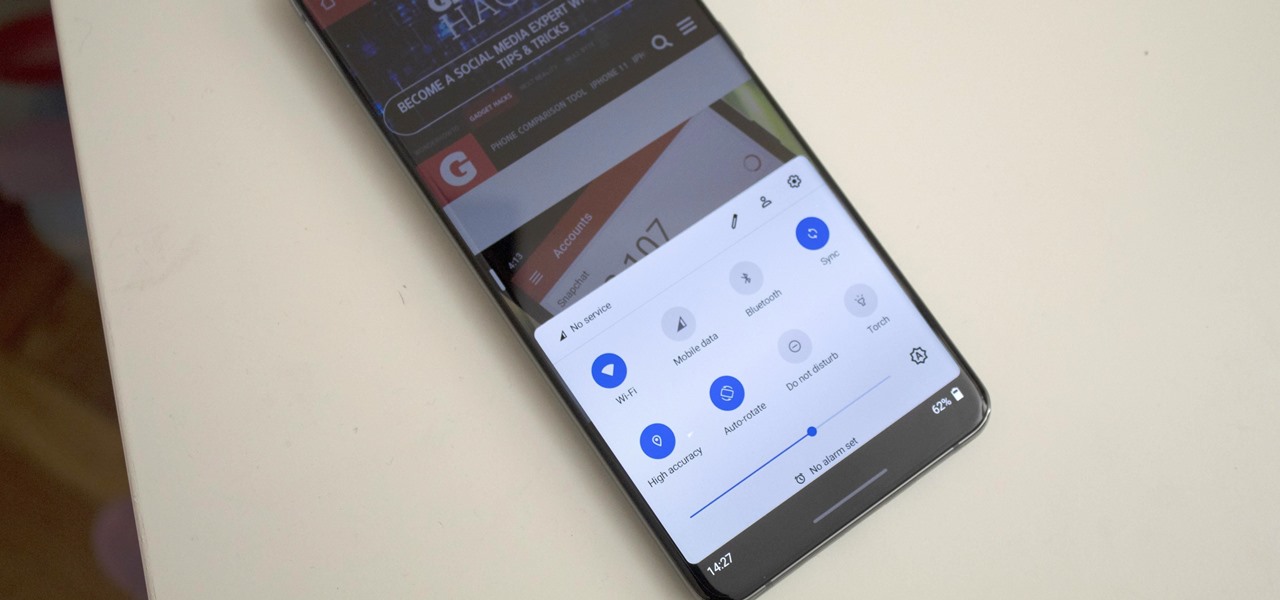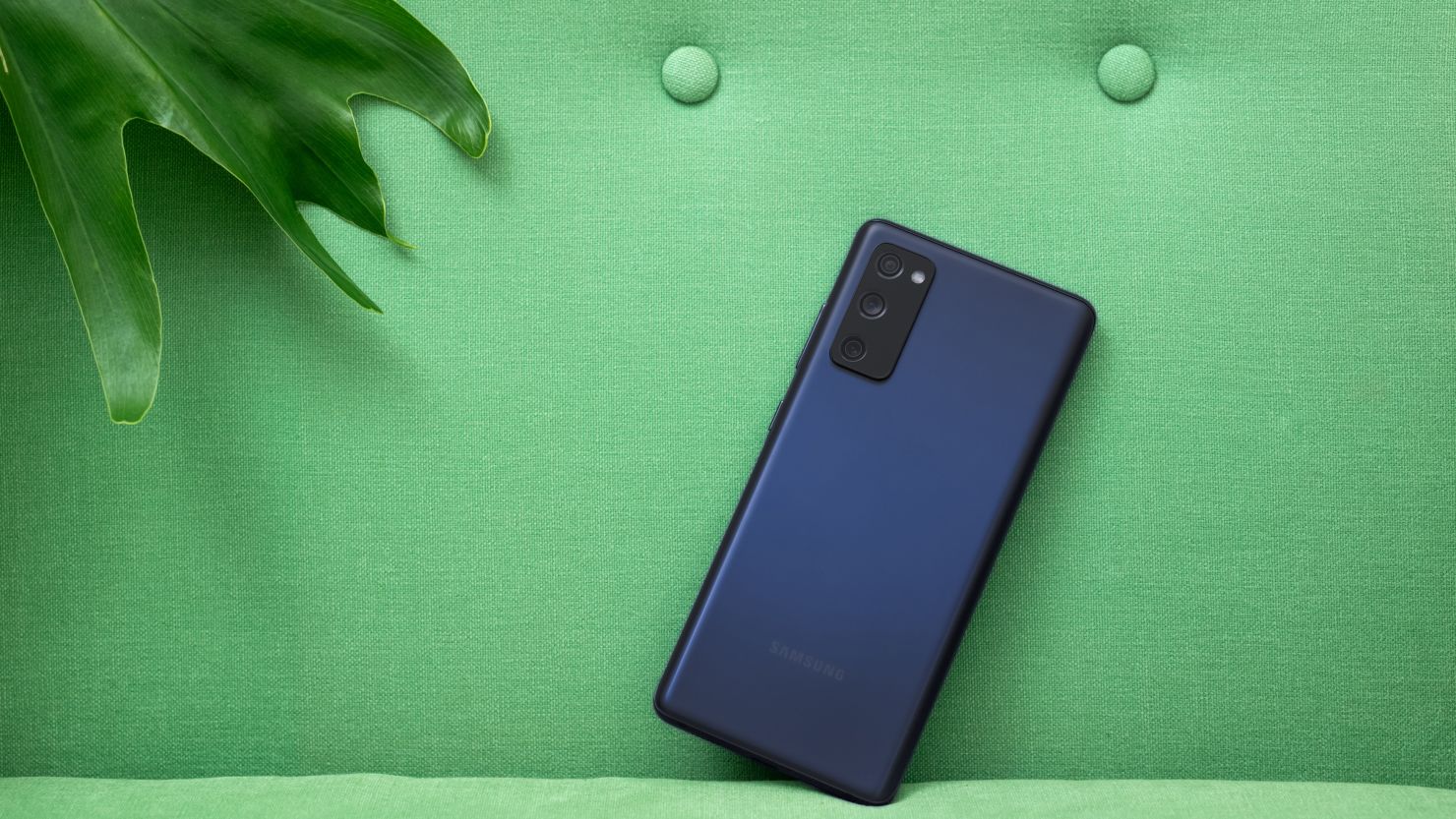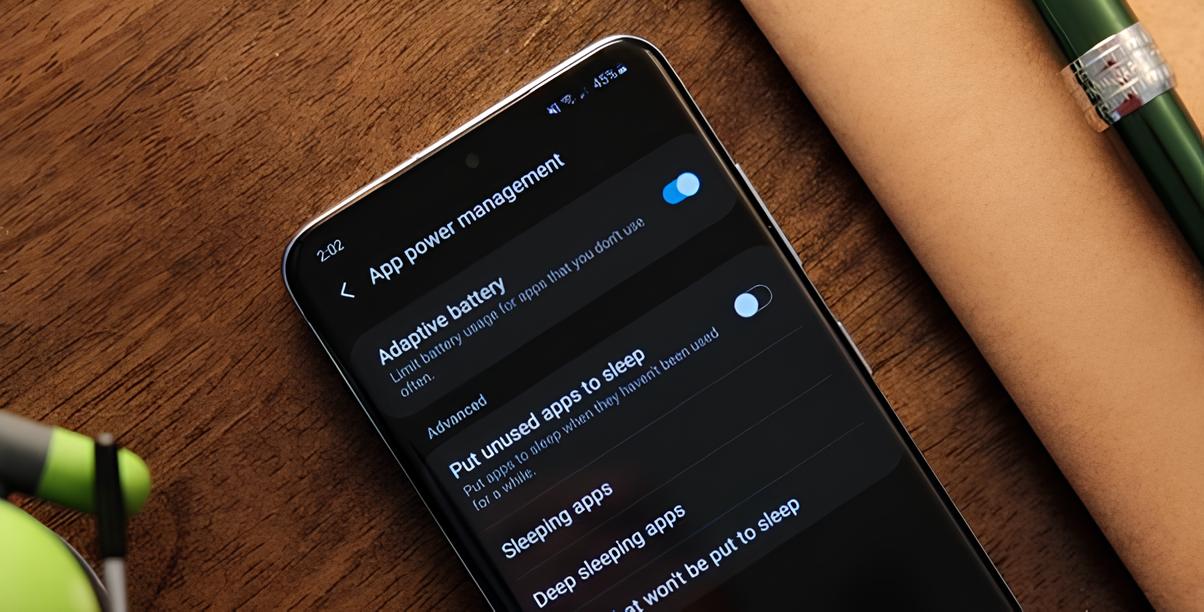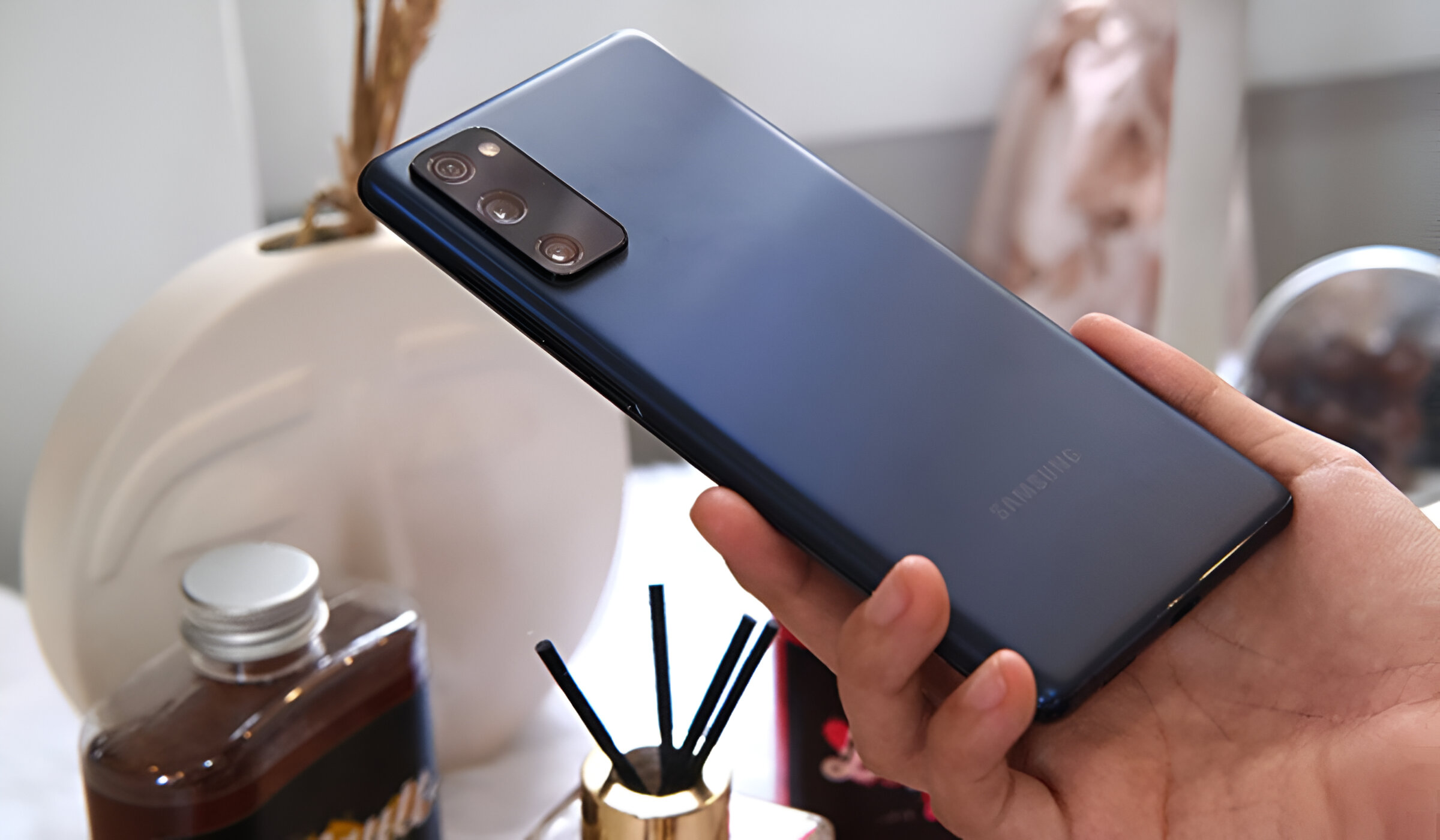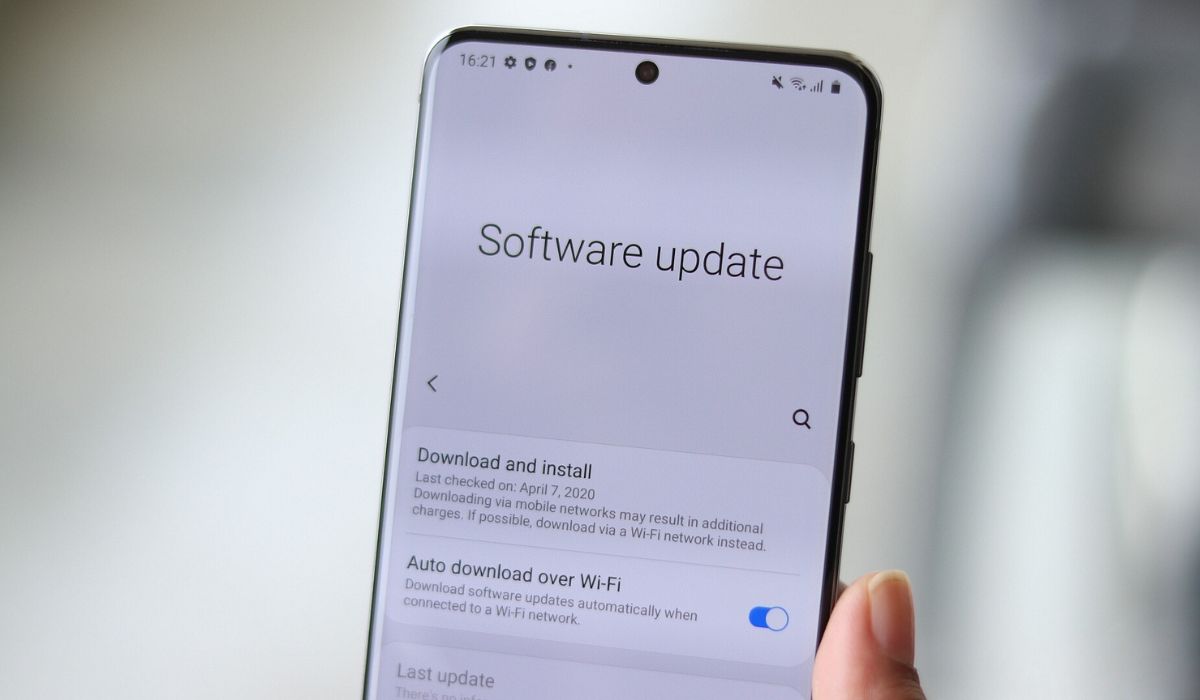Introduction
The Samsung Galaxy S20 is a remarkable device that offers a seamless and intuitive user experience. One of its standout features is the auto-rotate function, which allows the screen to adjust its orientation based on how the device is held. This feature is particularly useful when switching between portrait and landscape modes while browsing the web, watching videos, or playing games.
In this comprehensive guide, we will walk you through the simple steps to enable auto-rotate on your Samsung S20. Whether you're a tech-savvy individual or a newcomer to the world of smartphones, this step-by-step tutorial will empower you to make the most of your device's capabilities.
By the end of this guide, you'll have a clear understanding of how to access the quick settings menu, enable auto-rotate, and test the feature to ensure it functions seamlessly. So, without further ado, let's dive into the process of enabling auto-rotate on your Samsung S20 and unlock a whole new level of convenience and versatility.
Step 1: Accessing the Quick Settings Menu
Accessing the Quick Settings Menu on your Samsung S20 is the first step towards enabling the auto-rotate feature. This menu provides convenient access to various functions and settings, allowing you to customize your device to suit your preferences.
To access the Quick Settings Menu, start by swiping down from the top of the screen to reveal the notification panel. This action will unveil a set of quick settings icons, providing instant access to commonly used features such as Wi-Fi, Bluetooth, and screen brightness.
Once the notification panel is visible, you will notice a small icon in the top right corner of the screen, resembling a pencil or three vertical dots. Tap on this icon to enter the Edit Quick Settings menu. Here, you can customize the arrangement of the quick settings icons to prioritize the features you use most frequently.
Next, locate the "Auto Rotate" icon within the available quick settings options. This icon typically features a circular arrow or a smartphone screen rotating between portrait and landscape orientations. If the "Auto Rotate" icon is not immediately visible, you can add it to the quick settings panel by tapping and holding the icon, then dragging it to the desired position within the quick settings layout.
Once the "Auto Rotate" icon is positioned within the quick settings panel, tap the "Done" or "Back" button to save your changes and exit the Edit Quick Settings menu.
Congratulations! You have successfully accessed the Quick Settings Menu and customized it to include the "Auto Rotate" feature. With this essential step completed, you are now ready to proceed to the next stage of enabling auto-rotate on your Samsung S20.
By familiarizing yourself with the Quick Settings Menu and customizing it to accommodate the auto-rotate function, you have taken a significant stride towards enhancing your device's usability and tailoring it to your specific needs. With the Quick Settings Menu at your fingertips, you can effortlessly toggle the auto-rotate feature on or off, ensuring a seamless transition between portrait and landscape orientations as you engage with various apps and content on your Samsung S20.
Step 2: Enabling Auto Rotate
Enabling the auto-rotate feature on your Samsung S20 is a straightforward process that empowers you to effortlessly switch between portrait and landscape orientations based on how you hold your device. Once you have accessed the Quick Settings Menu and customized it to include the "Auto Rotate" icon, you are ready to proceed with enabling this convenient functionality.
To enable auto-rotate, simply swipe down from the top of the screen to reveal the Quick Settings Menu. Here, you will find the "Auto Rotate" icon that you previously added to the panel. Tap on the "Auto Rotate" icon to activate the feature. Upon doing so, the icon will highlight or change color, indicating that auto-rotate is now enabled.
With auto-rotate enabled, your Samsung S20 will dynamically adjust the screen orientation as you tilt the device, providing a seamless and intuitive viewing experience across various apps and content. Whether you're browsing the web, viewing photos, or watching videos, the auto-rotate feature ensures that the screen orientation adapts to match the device's orientation, allowing you to enjoy content in the most suitable layout.
By enabling auto-rotate, you unlock a new level of flexibility and convenience, as your Samsung S20 seamlessly transitions between portrait and landscape modes to accommodate your activities and preferences. This feature is particularly valuable when engaging with multimedia content, as it optimizes the viewing experience and enhances your interaction with the device.
It's important to note that enabling auto-rotate on your Samsung S20 grants you greater control over the device's display, empowering you to tailor the viewing experience to your liking. Whether you prefer a portrait orientation for reading articles or a landscape orientation for watching videos, the auto-rotate feature ensures that the screen adapts to your needs, providing a versatile and user-centric experience.
With auto-rotate now enabled on your Samsung S20, you have seamlessly integrated this valuable functionality into your device, enhancing its usability and versatility. As you continue to explore the capabilities of your smartphone, the auto-rotate feature will undoubtedly prove to be a valuable asset, enriching your interaction with the device and ensuring a more immersive and adaptable user experience.
Step 3: Testing Auto Rotate
After enabling the auto-rotate feature on your Samsung S20, it's essential to test its functionality to ensure that it seamlessly adapts to changes in device orientation. Testing the auto-rotate feature allows you to experience firsthand how the device dynamically adjusts the screen layout, providing a glimpse into the convenience and versatility it brings to your daily interactions.
To begin testing the auto-rotate feature, navigate to an app or screen where the orientation of the content can change based on how you hold your device. For example, open a web browser and access a website with both portrait and landscape-oriented content. As you tilt your Samsung S20 from a vertical to a horizontal position, observe how the screen orientation smoothly transitions to match the device's orientation. This seamless adjustment demonstrates the effectiveness of the auto-rotate feature in optimizing the viewing experience based on how you interact with the device.
Next, explore multimedia content such as videos or image galleries to witness the auto-rotate feature in action. As you rotate your device, notice how the screen orientation adapts to provide an immersive and natural viewing experience. Whether you're watching a video in landscape mode or browsing through photos in portrait mode, the auto-rotate feature ensures that the content is presented in the most suitable layout, enhancing your engagement with the device's display.
Furthermore, test the auto-rotate feature across various apps and activities to gauge its consistency and responsiveness. Engage with social media platforms, e-books, and games to experience how the screen orientation seamlessly adjusts to accommodate different types of content and interactions. By exploring a diverse range of apps and activities, you can confirm that the auto-rotate feature consistently delivers a user-centric experience, enhancing the versatility of your Samsung S20.
As you test the auto-rotate feature, take note of its responsiveness and accuracy in adapting to changes in device orientation. The smooth and precise transition between portrait and landscape modes reflects the effectiveness of the feature in catering to your dynamic usage patterns. Whether you're browsing, streaming, or gaming, the auto-rotate feature ensures that the device's display seamlessly aligns with your preferences, enriching your overall interaction with the Samsung S20.
By thoroughly testing the auto-rotate feature, you gain a comprehensive understanding of its impact on your day-to-day usage of the Samsung S20. The seamless transition between different screen orientations enhances the device's usability and ensures that you can effortlessly engage with content in the most suitable layout. As you continue to explore the capabilities of your Samsung S20, the tested and proven auto-rotate feature will undoubtedly become an integral aspect of your device interaction, enriching your overall user experience.
Conclusion
In conclusion, enabling the auto-rotate feature on your Samsung S20 opens up a world of convenience, versatility, and seamless interaction with your device. By following the step-by-step guide outlined in this tutorial, you have gained the knowledge and confidence to access the Quick Settings Menu, customize it to include the auto-rotate icon, enable the feature, and thoroughly test its functionality across various apps and activities.
With auto-rotate activated, your Samsung S20 effortlessly adapts to changes in device orientation, ensuring that the screen layout aligns with your preferences and activities. Whether you're browsing the web, enjoying multimedia content, or engaging with apps, the auto-rotate feature dynamically adjusts the display to provide an optimal viewing experience, enhancing your interaction with the device.
The ability to seamlessly transition between portrait and landscape orientations empowers you to engage with content in the most natural and immersive manner, enriching your overall user experience. Whether you're reading articles, watching videos, or playing games, the auto-rotate feature ensures that the device's display effortlessly aligns with your usage patterns, enhancing convenience and usability.
By integrating the auto-rotate feature into your Samsung S20, you have unlocked a valuable functionality that enriches your daily interactions with the device. The seamless transition between different screen orientations reflects the device's adaptability and user-centric design, ensuring that you can effortlessly tailor the viewing experience to suit your preferences.
As you continue to explore the capabilities of your Samsung S20, the auto-rotate feature will undoubtedly prove to be an indispensable asset, enhancing the versatility and usability of your device. With a simple swipe and tap, you can seamlessly toggle the auto-rotate feature on or off, ensuring that the device's display aligns with your dynamic usage patterns and preferences.
In essence, the auto-rotate feature on your Samsung S20 represents a seamless fusion of technology and user-centric design, enhancing the device's adaptability and your overall interaction with it. By enabling and testing this valuable functionality, you have taken a significant step towards maximizing the potential of your Samsung S20 and embracing a more immersive, versatile, and user-centric smartphone experience.







